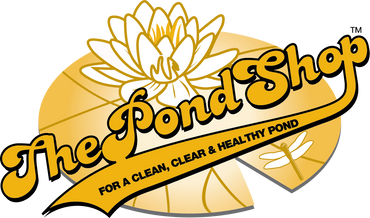Creeping Water Primrose

The water-primrose is a perennial aquatic plant whose long stems creep over mud or shallow water, sometimes forming dense mats which float on the water surface. Named for its yellow primrose-like flowers, while its long, oval leaves resemble those of willows. The water-primrose typically grows in slow-flowing rivers, marshes, ditches, streams, and shorelines. As well as being able to grow in water up to 6 feet deep with its stems potentially extending 30 inches above the water surface. The water primrose is also able to colonize damp terrestrial habitats such as wet meadows.
Prevention
Although it produces seeds, the creeping water-primrose spreads mainly with broken-off fragments of its stems easily rooting and growing into new plants. Its stems fragments may float away from the parent plant or be carried away by animals or humans. This plant grows very quickly in the spring and dies in the fall. Submerged or buried parts of the plant can survive the winter months and re-grow year after year. Early intervention and management to avoid large growth is the best prevention.
Physical/Mechanical Control
The water primrose can be cut and the roots can be dug up but physical control is difficult because it can reestablish from seeds or remaining roots. Physical removal, when used in conjunction with chemical control methods, will maximize success.
Chemical Control
When used carefully according to the label instruction, aquatic herbicides can be safe and effective management tools.
Reward-Tribune is a fast-acting contact herbicide, highly effective in treating the larger biomasses and root systems that had formed by mid to late summer.
Cygnet Plus is a nonionic wetting agent, sticker, activator, and penetrant all in one. Cygnet Plus increases the effectiveness of herbicides uptake into the plant tissue.
Clearcast Herbicide and MSO Adjuvant are specifically designed for use in and around water. These products are the ultimate solution in eliminating most emergent vegetation for long-lasting results with minimal retreatment.
